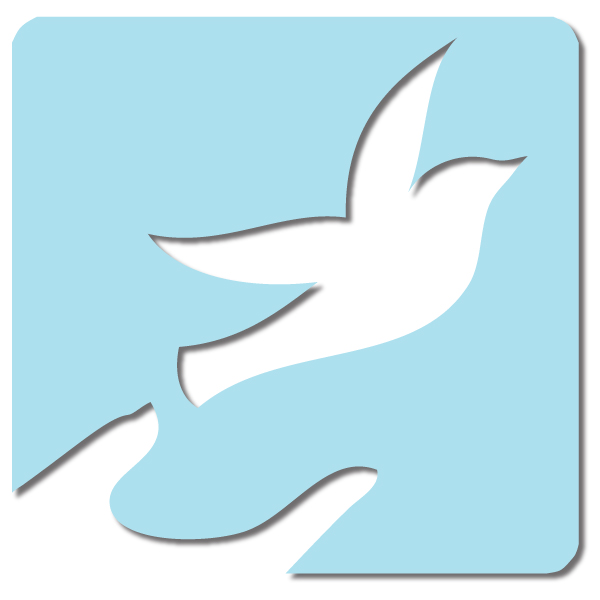The full papers can be found in the Journal of Wildlife Rehabilitation 36(2), available to all IWRC members.
CASE STUDY: IATROGENIC DIABETES MELLITUS IN A KOALA (PHASCOLARCTOS CINEREUS) RECEIVING TREATMENT WITH PREDNISOLNE
Sheridan E Lathe
ABSTRACT: Diabetes mellitus is a well recognized condition in human and veterinary medicine that can be induced by the administration of glucocorticoids. Prednisolone is a glucocorticoid used to treat inflammation in koalas (Phascolarctos cinereus). A free-living koala from the South Australian Mount Lofty Ranges population received treatment with prednisolone for the treatment of pruritis and skin inflammation. Clinical signs of diabetes mellitus developed in this koala during treatment with prednisolone and resolved after cessation of treatment.
KEY WORDS: Australia, diabetes, iatrogenic diabetes mellitus, koala, prednisolone
CAPTIVE ENRICHMENT FOR OWLS (STRIGIFORMES)
Aurora Potts
ABSTRACT: Owls (Strigiformes) have been a source of fascination for wildlife rehabbers, zookeepers, falconers, and many others throughout history. They can be slow to learn and difficult to work with. Their behavior is quite different from diurnal raptors because of their unique nocturnal adaptations. Given their popularity as education and flight demonstration birds, captive owls offer researchers and observers a chance to observe how these animals interact with the world around them. Enrichment is an important component of keeping any animal mentally and physically healthy in captivity, but devising enrichment for owls can be challenging. A survey (Appendix A) was sent to 622 wildlife rehabilitation centers, raptor centers, nature centers, zoos, falconers, and similar institutions across the United States in an effort to determine the success and failure of various methods of enrichment for various owl genera, as well as imprints versus non-imprints. Significant findings suggest distinct correlations between imprints and non-imprints for both successful and failed enrichment among Bubo and Tyto species, respectively. Additionally, significant correlations were measured between imprints and non-imprints among all owl genera for successful and failed enrichment.
KEYWORDS: owl, genera, enrichment, zoo, wildlife, rehabilitation, cognitive abilities, animal welfare, falconry, husbandry, captivity



Leave a Reply
You must be logged in to post a comment.